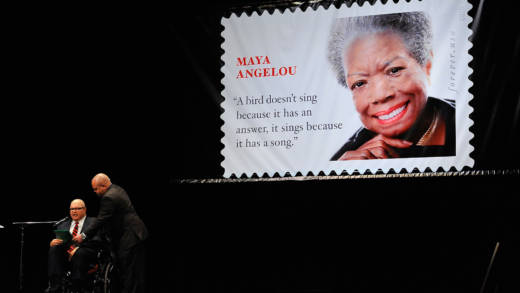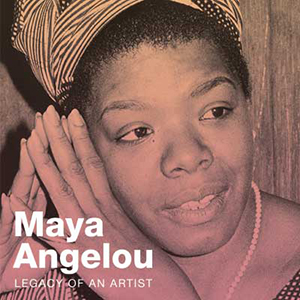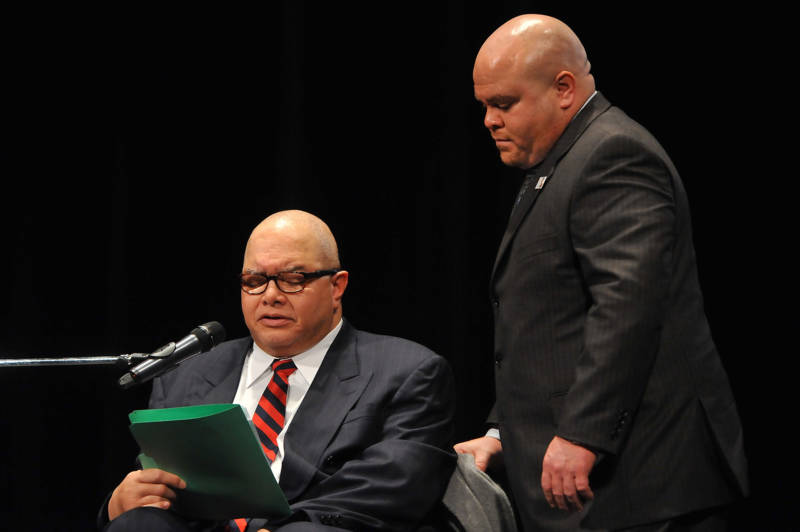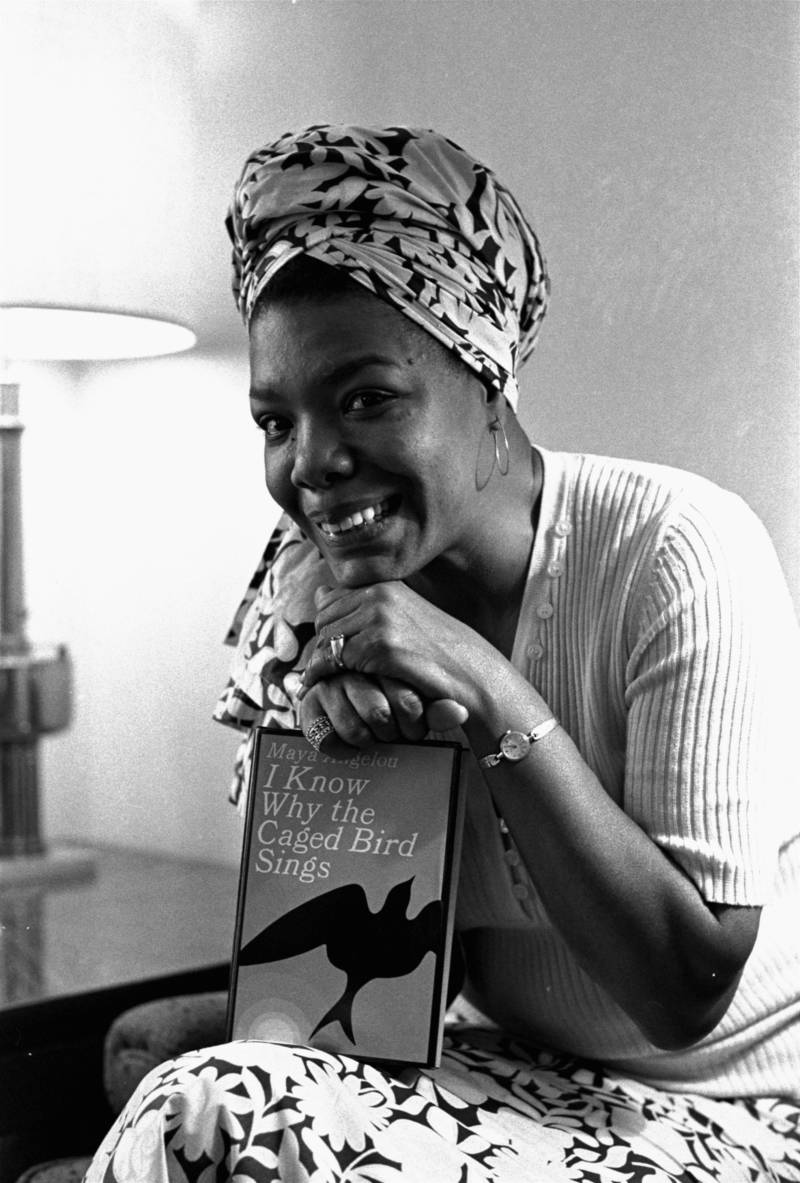As I began this intro for the Swann Galleries auction catalog of my mother’s art collection, I realized what I wanted to write was less about the pieces of art to be auctioned and more about my mother and her relationship to art in general — and what she taught me specifically.
During my childhood, my mother always had prints of a wide range of artists hanging on our walls. Her tastes were eclectic, from Catlett, Monet, Van Gogh, Gauguin, Charles White and Toulouse-Lautrec to Samella Lewis, Henry Ossawa Tanner, Picasso, Wyeth and Degas. It was her belief that the presence of art and creativity in a person’s daily life broadened his or her perspective of the world around them. Truthfully, I spent a considerable part of my childhood, albeit unsuccessfully, trying to ignore the things my mother was teaching me. Until I became a teenager, the art on our walls was irrelevant to me.
My mother and I moved to New York City in 1958 when I was 13. We found a three-bedroom flat in a brownstone in the Crown Heights district of Brooklyn. My mother was still singing in nightclubs and giving private dance lessons at the time, so the third bedroom served as her music room and dance studio. When my mother had a singing gig, which normally lasted six weeks to two and half months, we lived well. When she was between jobs, we lived on a tight budget.
About a year after we moved to New York my mother began working for Dr. Martin Luther King, heading the New York office of his Southern Christian Leadership Conference (SCLC). Her duties were primarily fundraising and organizing. The hours were long and there were many times she worked weeks without taking a day off. Money was always tight during her tenure with the SCLC. Sometimes she would not even take her full salary. She would often ask me, “What’s more important to you, the struggle for freedom, or your creature comforts?” I always responded, “The struggle for freedom.” I really couldn’t answer anything else. The television news was full of scenes from Southern cities in which peaceful demonstrators were being set upon by vicious police dogs, or were being beaten to the ground with batons by unruly mobs or the local police.
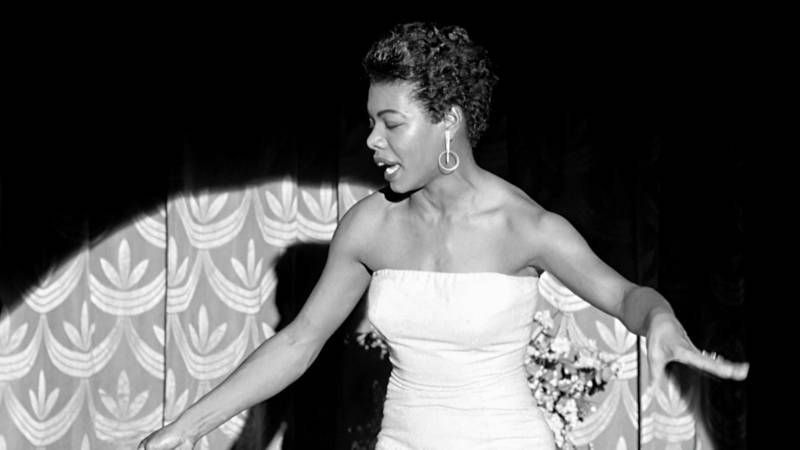
Even though I was just a teenager, my mother felt we were in a partnership together and that I had a right to chime in on things that affected our lives; so she asked the question quite often. It’s not that we ever went hungry when she was working for the SCLC, but we no longer had the money to go out and eat in nice restaurants or take day and weekend trips like we had when she had singing jobs. In order not to lose touch with me, my mother instituted a plan that we would spend one weekend a month together. Since there was rarely any extra discretionary money to spend, during the day we normally went to museums, or, if the weather was nice, we’d visit Ellis Island, the Statue of Liberty, the Brooklyn Botanical Gardens or Far Rockaway for chili dogs. In the evenings we went to plays, dance venues or jazz clubs where she had friends performing. When Leontyne Price was in town, we went to operas. My mother seemed to know everybody.
